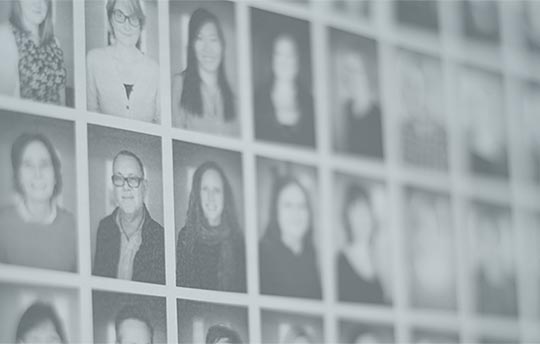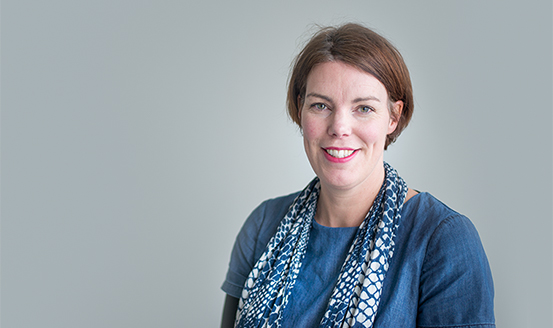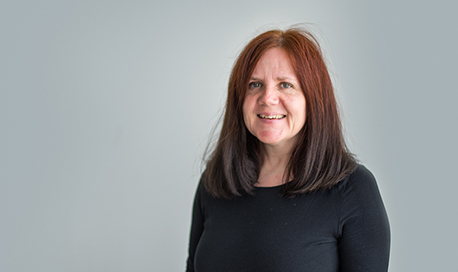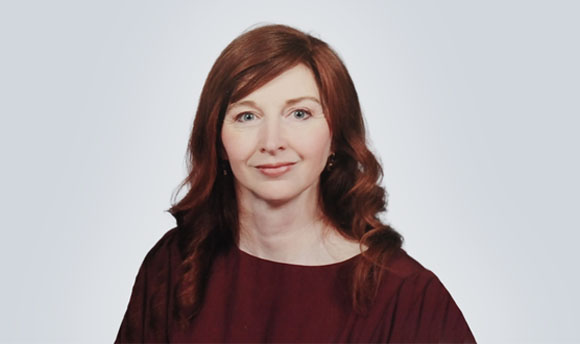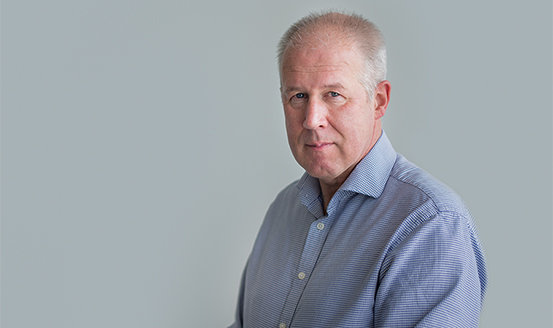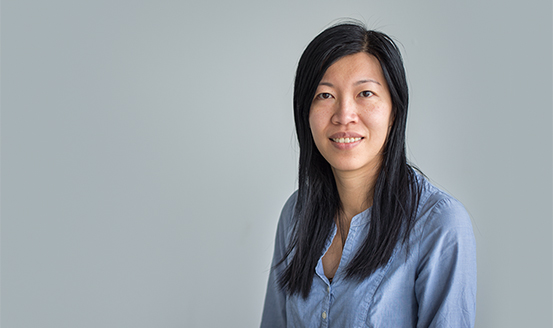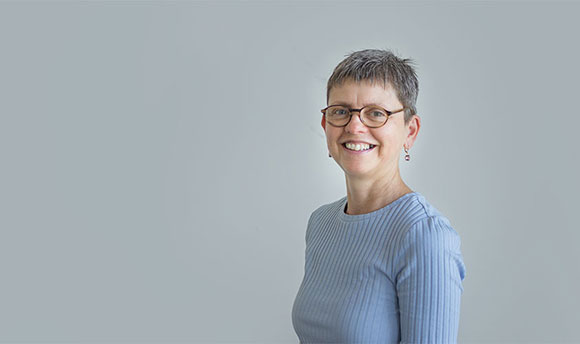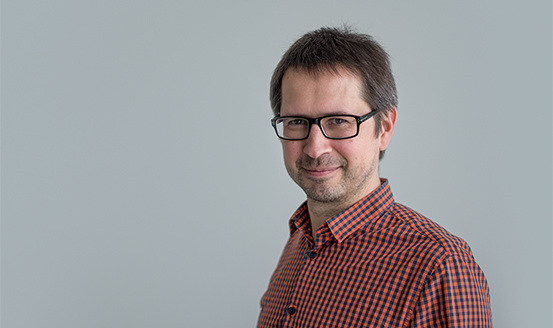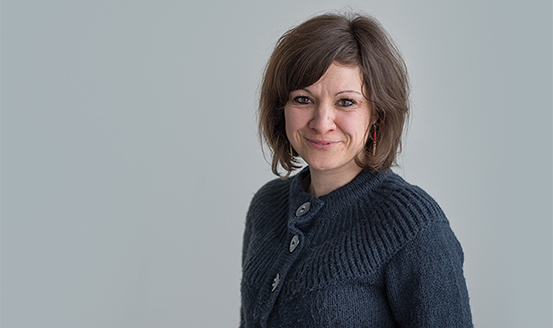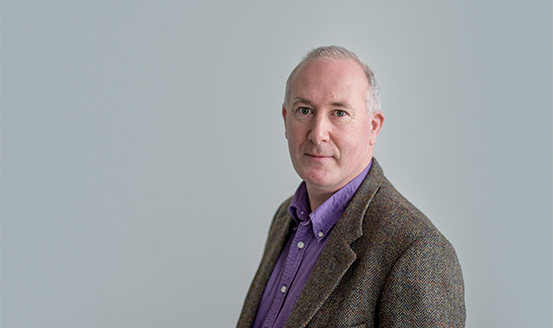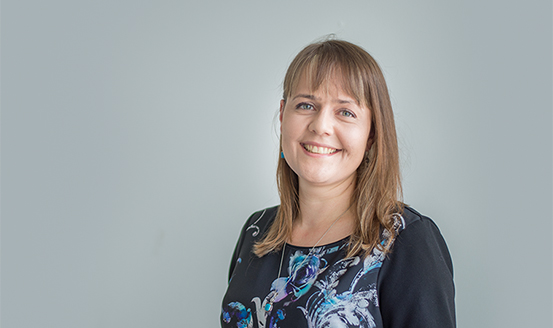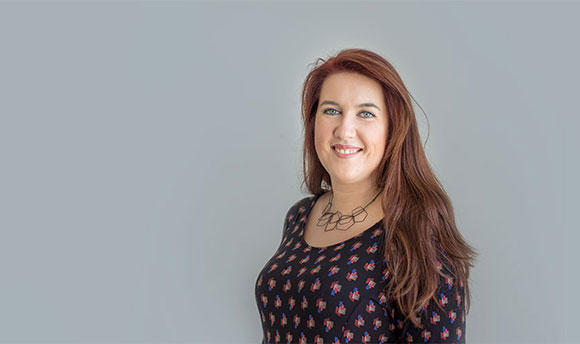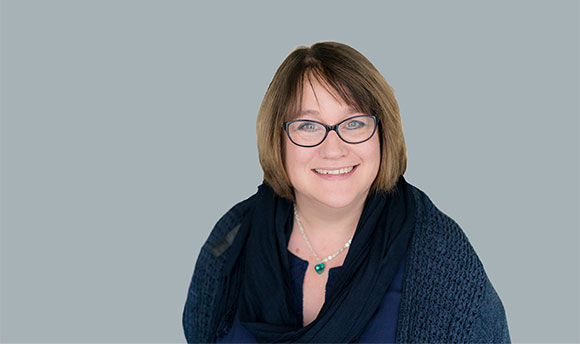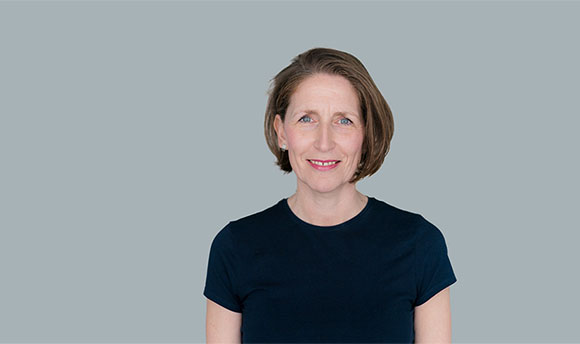Ultrasound Evaluation of Swallowing
Tracking the bone in your tongue
Building on QMU’s experience in ultrasound research in speech science and therapy, this project expands the use of ultrasound to a new clinical area: the assessment of swallowing function. While ultrasound imaging is a common tool for medical assessment and had been employed as a research tool to look at the swallowing function, it is not currently used clinically. This project builds on our previous ultrasound knowledge in speech research and pilot work on using ultrasound to explore normal swallowing function. In analysing the swallowing movement, we have established the key role of the hyoid bone as a possible biomarker and developed an automatic tracker of the hyoid bone movement using the machine learning. This project will allow us to address the issue of validity and reliability of measuring the hyoid bone movement as a biomarker. The outcomes will contribute to the development of ultrasound as a practical and cost-effective clinical tool in assessing swallowing function, which will be portable, objective and cost-effective.
Background
Speech and language therapists traditionally use X-ray (Videofluoroscopic Study of Swallowing; VFSS) or endoscopy (Fiberoptic Endoscopic Examination of Swallowing; FEES) to evaluate swallowing function. However, both instrumental analyses have disadvantages including radiation exposure and unpleasant taste of barium for VFSs, and discomfort of scope insertion and ‘white out’ of the image at the peak of the swallow for FEES. In comparison, ultrasound is less invasive, can be repeated easily and can be carried out in different clinical settings, such as bedside, outpatient clinic or homes. It has the potential to be used in monitoring changes in swallowing, screening and routine assessment, thus offering a cost-effective alternative to other instrumental assessments.
During the Covid 19 pandemic, SLT’s access to these traditional tools were limited as they were classified as aerosol-generating and the possibility of increasing the disease transmission. As a result, the novel use of ultrasound as an alternative tool for swallowing assessment had gained significant interest recently as a result of COVID 19. In order to translate ultrasound assessment of swallowing as a clinical tool, there is a need for the development of normative data, assessment protocol, standardization of measurement and training.
Aims and Objectives
This project will collect additional normative swallowing data using ultrasound to address the following objectives:
- Analysis of the movement of the hyoid bone to assess the validity of using hyoid bone movement as a biomarker of swallowing events.
- Improvement of the accuracy of the automatic hyoid tracker by serving as training data for machine learning.
- Contributing our knowledge on data collection to the establishment of clinical protocol of swallowing assessment.
- Development of a repository for data sharing within the SLT and research community to advance the development of the use of ultrasound among SLTs in clinical settings.
You can take part in this research
You will be given £20 for your participation and will be reimbursed for travel costs up to the amount of £50.
- Who Can Volunteer?
- How to Volunteer
- The Team
- You need to be between 18 to 55 years old.
- You must have no history of swallowing difficulties.
- You must have no history of neurological conditions or oro-facial abnormalities that might affect your swallowing function.
To get more information about data collection procedures, data management and the handling of personal information, and to find out how to participate, please contact the Research Assistant Mridhula Murali at mmurali@qmu.ac.uk.
You will receive a participant information sheet that will contain full details of the experiment and your rights as a participant, so that you can sign a consent form before the data collection commences.
Principal Investigator:
Dr Joan Ma
Research Consultant:
Prof Alan Wrench (and also see articulateinstruments.com)
Research Assistant:
Mridhula Murali
CASL Research Centre,
School of Health Sciences,
Queen Margaret University
Queen Margaret University Drive
Musselburgh
East Lothian EH21 6UU
Email / Telephone: jma@qmu.ac.uk / 0131 7470000
